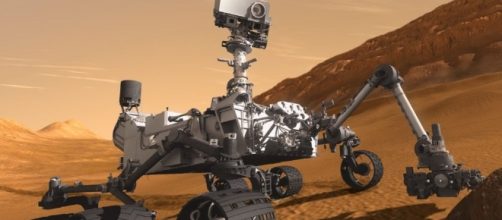The rover (and Mission) titled "Mars 2020" is highly anticipated among many Martian enthusiasts. There are four main objectives for the Mars 2020 rover: to see if life does or has ever existed on Mars, to characterize both the climate and geography of Mars, and to prepare for future human exploration. This mission could open up many new discoveries about Mars and could lead to the first ever recorded contact of Martian soil to Earth's. Moreover, Mars 2020 will pave the way for new innovations in entry, descent, and landing technologies. The construction and functionality of rovers will also be innovated to improve future missions on Mars.
The mission's objectives
Mars 2020 will be the first mission of its kind. Its main objective is to find evidence of life on Mars for both the past and present. It will also be used to look for potential sites to house humans on Mars taking both geography and climate into account. Other factors of the mission include testing technologies that could be used to produce oxygen from the atmosphere, identifying usable resources (like water), and improving landing techniques. The rover will also be used to measure weather patterns to make weather prediction a possibility for future Martian astronauts.
Bringing Mars to Earth
One of the more interesting things about the Mars 2020 rover is its built-in drill.
The rover will be used to drill into the soil of Mars -- soil that is hypothesized to at one point have contained life -- and to cache it inside small test tubes. These tubes would be safely stored for possible pickup in the future and would be brought back to Earth to be studied, analyzed, and tested with machines that are too big and bulky to send into outer space efficiently. If these samples are brought back to Earth, scientists would test them to see particularly if they point to the current, or past, existence of life.
3 more years of preparation
The mission is scheduled for July/August of 2020. During that time, Earth and Mars will be in good positions for a trip that will take the least number of resources for the rover.
After launch, the mission duration is expected to be one Mars year (almost two Earth years) long. As of now, NASA is selecting a good landing site for the rover to touch down on Mars to begin its exploration of life. The odds of finding evidence for life are very low, but the discovery would nonetheless change the way we view the vast cosmos of space.


